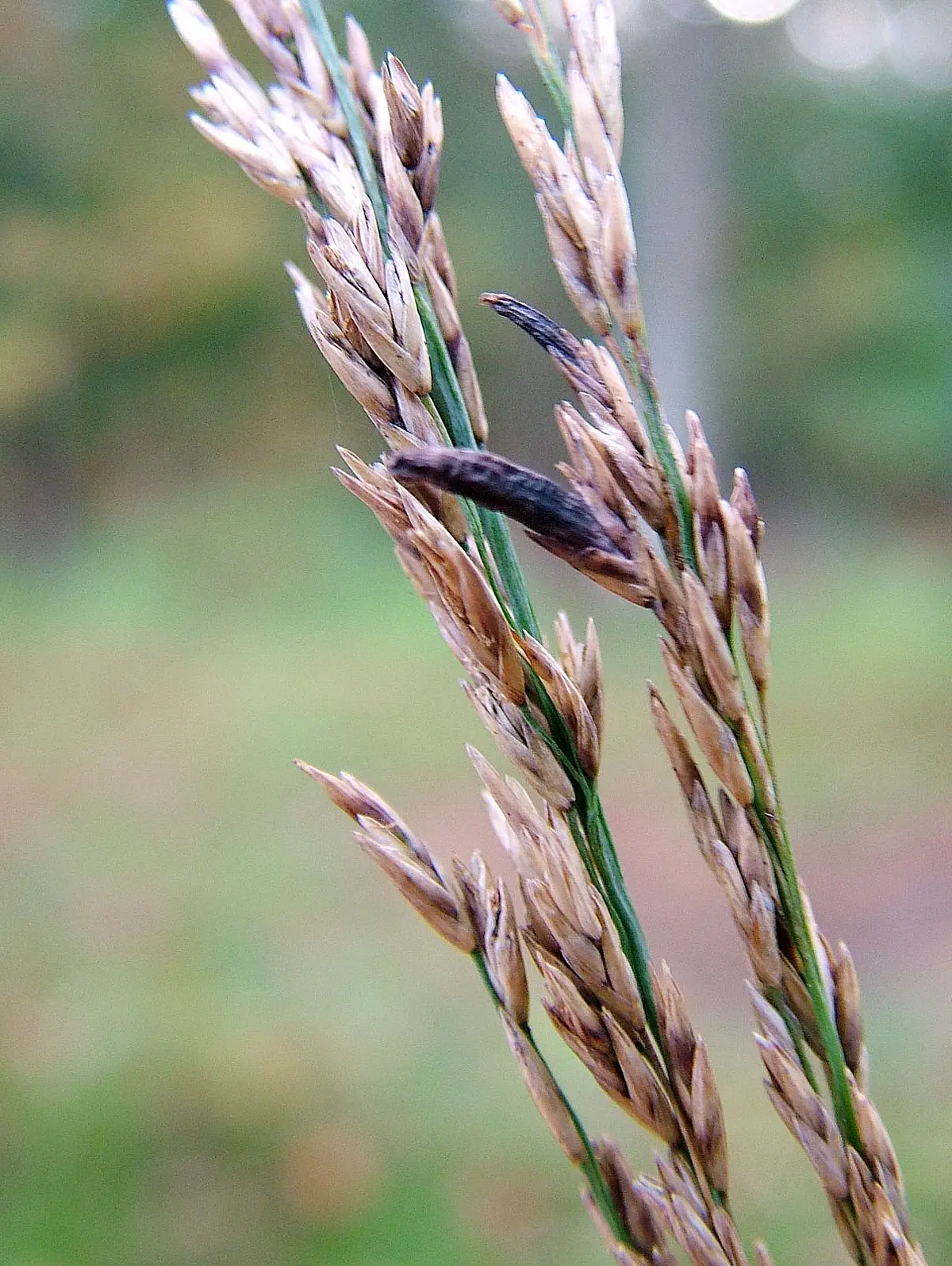Contents
CLASSIFICATION OF CLAVICEPS
Kingdom :- Mycota
Division :- Eumycota
Sub-division :- Ascomycotina
Class :- Pyrenomycetes
Order :- Sphaeriales
Family :- Clavicipitaceae
Genus :- Claviceps
The Claviceps fungus can be collected from the cereals (especially rye), growing in the crop fields cultivated for their edible grains.
STUDY OF HOSTS, DISEASES AND SYMPTOMS
- The fungus is an obligate parasite. C. purpurea causes ergot disease of rye (Secale cereale vern. rye; fam. Poaceae).
- It also infects other cereals such as wheat to cause ‘Ergot disease’.
- microcephala parasitizes bulrush millet (Pennisetum typhoidium; vern. bajra; fam. Poaceae) and causes ergot disease. The disease is air borne. As a result of disease the infected grain becomes very much elongated and the ovary is replaced by black compact mass of fungal tissue, the sclerotium. This sclerotium is known as Ergot in commerce.
- Whereas the mycelium causes disease in plants, the sclerotia, if eaten by animals including human beings, cause a disease known as Ergotism. It causes poisoning and ultimately the death.
STUDY OF VEGETATIVE STRUCTURE
- Ascospores or conidiospores germinate on stigma, produce a germ tube that reaches the ovules and later develop mycelium in the grain.
- The mycelium is white, branched, septate and the cells are multinucleate.
STUDY OF CONIDIA
- The conidia are formed inside the grain at the tips of short conidiophores which form acervulus-like layers.
- The conidia are minute, ovoid and uninucleate. These are budded off by each conidiophore.
- The conidia are mixed with a sticky, sweet, nectar-like secretion, known as honey dew. Insects get attached by honeydew and serve to spread the disease.
- Conidial stage is also known as SphaceUa stage being earlier described under the species Sphacelia segetum.
STUDY OF SCLEROTIA, STROMATA, ASCI AND ASCOSPORES
- The sclerotia are black and elongated structures which replace the grains in the inflorescence.
- After winter, the black sclerotia germinate and form many long, stalked, mushroom-like and dark purple stromata with globose heads.
- The stromata are nearly 1 cm in length.
- Each stromatal head, just below its surface, has many minute flask-shaped cavities, known as perithecia, surrounded by the pseudoparenchymatous stromatic tissue.
- Each mature perithecium is a flask-shaped cavity opening at the apex through a small pore-an ostiole.
- Near the ostiole are present some hair-like structures known
- as paraphyses. 7. The asci are produced in tufts from the base of the perithecium. 8. An ascus is narrow, elongated and somewhat curved. It has a thick cap at apex through which the ascospores are discharged. 9. Each ascus produces eight haploid, uninucleate elongated and acicular ascospores that lie parallel to one another.
IDENTIFICATION
- KINGDOM – Mycota
- Chlorophyll absent
- Reserve food glycogen
- Cell wall of fungal cellulose.
- DIVISION – Eumycota
- A definite cell wall present.
- SUB-DIVISION:- Ascomycotina
- Mycelium septate.
- Spores borne endogenously in the ascus.
- Spores in definite numbers, in multiples of two, usually eight.
- CLASS :- Pyrenomycetes
- Ascocarp, a perithecium
- ORDER – Sphaeriales
- Ascospores thread-like.
- Perithecia within a well-developed stroma.
- FAMILY – Clavicipitaceae
- Perforated cap at the apex of the ascus.
- GENUS – Claviceps
- Sclerotia black & well marked.
- Ascospores lie parallel in ascus.
REFERENCES
- https://en.wikipedia.org/wiki/Claviceps_purpurea
- https://depositphotos.com/stock-photos/claviceps.html


Leave a Reply